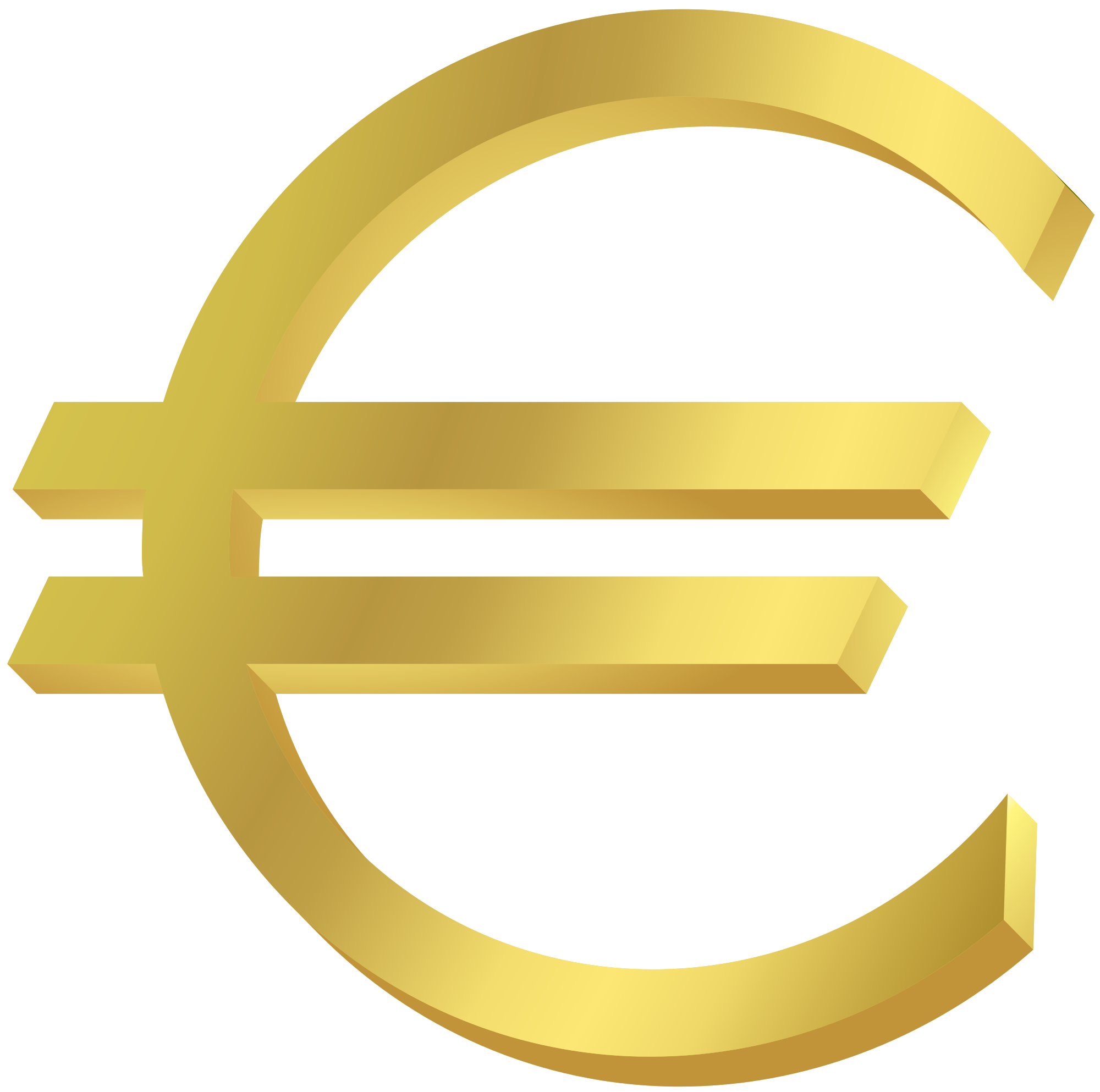All About The Euro: Symbol, History, And How To Type It [Guide]
Ever wondered how a simple symbol can represent the economic might of an entire continent? The euro sign () is more than just a character on a keyboard; it's a powerful emblem of European unity and financial stability.
The euro serves as the monetary unit and official currency for 20 of the 27 member states within the European Union. This economic bloc is often referred to as the "euro area" or "eurozone." While physical euro coins and banknotes were introduced in 2002, the euro itself existed as a non-cash monetary unit since 1999, used primarily for accounting and electronic transactions. The symbol representing the euro is, of course, the ubiquitous .
Currency symbols, in general, act as shorthand notations for a currency's name, especially when denoting monetary values. The euro sign is no exception. It provides a concise and universally recognizable way to represent the euro in financial contexts, news articles, and everyday transactions. The sign's availability on most digital devices ensures its widespread use.
- Aagmaalgives Legit Charity Or Scam Find Out Now
- Masahubcomco Legit Traffic Competitors Business Caution
The euro symbol is not simply a random design. Its origins are steeped in symbolism. The design is rooted in the Greek letter epsilon (), alluding to the cradle of European civilization and also serving as the first letter of the word "Europe." The two parallel lines that bisect the epsilon represent the stability of the euro currency. The name "euro" itself was officially chosen in 1995 during a European Council meeting in Madrid, further solidifying the currency's identity.
The euro sign () holds a prominent place in the world of finance, and understanding how to type it on various devices is practically a necessity in the modern, globalized world. It represents the official currency of the Eurozone countries within the European Union and is used to denote monetary value in countless transactions.
So, how exactly do you type the euro symbol on different platforms? Here's a comprehensive guide for various operating systems and applications.
- Hubmasa Safe Platform Or Risky Website The Facts Revealed
- Movierulz Unblocked Find Alternatives Movie News Year
Typing the Euro Symbol on Windows
Windows provides several methods to insert the euro symbol:
- Using the Alt Keycode: Make sure Num Lock is activated. Press and hold the Alt key, then type 0128 on the numeric keypad. Release the Alt key, and the euro symbol () should appear.
- Using Ctrl + Alt + E: This is one of the most straightforward keyboard shortcuts. Simply press and hold Ctrl and Alt keys simultaneously, then press the E key.
- Character Map: Windows includes a Character Map application that allows you to browse and insert special characters. Search for "Character Map" in the Windows search bar, open the application, find the euro symbol, select it, and copy it to your clipboard for pasting into your desired location.
Typing the Euro Symbol on macOS
Mac users have a few convenient options:
- Keyboard Shortcut: The primary keyboard shortcut is Option + 2. Press and hold the Option key, then press the number 2 key.
- Character Viewer: Similar to Windows' Character Map, macOS offers a Character Viewer. Access it by going to System Preferences -> Keyboard -> Input Sources, and checking "Show Input menu in menu bar." Then, click the Input menu icon in the menu bar and select "Show Character Viewer." Locate the euro symbol, and either double-click it to insert it or copy and paste it.
Typing the Euro Symbol on iOS (iPhone and iPad)
On iOS devices, the process is simple:
- Long Press on the Dollar Sign: Open the keyboard in any app, tap and hold the dollar sign ($) key. A popup will appear with a range of currency symbols, including the euro (). Slide your finger to the euro symbol and release.
Typing the Euro Symbol on Android
Android devices also offer a straightforward method:
- Long Press on the Dollar Sign: Just like on iOS, open the keyboard, tap and hold the dollar sign ($) key. A popup with various currency symbols will appear. Slide to the euro symbol and release. The exact appearance might vary slightly depending on the Android keyboard you're using (e.g., Google Keyboard, Samsung Keyboard).
Typing the Euro Symbol in Microsoft Word
Microsoft Word provides several ways to insert the euro symbol:
- Insert Symbol: Go to the "Insert" tab, click "Symbol," and then select "More Symbols." In the Symbol dialog box, choose "(normal text)" as the font and "Currency Symbols" as the subset. Find the euro symbol, select it, and click "Insert."
- Alt Keycode: As mentioned above for Windows, you can use the Alt + 0128 shortcut.
- AutoCorrect: Word often automatically corrects "(e)" or "EUR" to the euro symbol as you type, depending on your AutoCorrect settings. You can customize these settings in File -> Options -> Proofing -> AutoCorrect Options.
Typing the Euro Symbol in Google Docs
Google Docs offers the following methods:
- Insert Special Characters: Go to "Insert" -> "Special characters." In the Special characters dialog box, you can search for "euro" or draw the euro symbol in the search box. Click the symbol to insert it.
- Copy and Paste: You can copy the euro symbol from another source (e.g., Character Map, a website) and paste it into your Google Doc.
Unicode and HTML Representation
The euro is represented in Unicode as U+20AC (). In HTML, you can use the HTML entity € or the numeric character reference € to display the euro symbol on a webpage.
Placement of the Euro Symbol
The convention for placing the euro symbol varies by country and language. In most English-speaking countries, the euro symbol precedes the amount, with no space in between (e.g., 20). However, in some other European countries, the symbol might follow the amount, sometimes with a space. It's always a good idea to check the local convention for the specific region you're writing for.
The euro, introduced as a noncash monetary unit in 1999, and with physical currency appearing in 2002, quickly became a mainstay in European economies. It's used daily in transactions, financial reports, and international trade, representing economic stability and European integration.
The history of currency symbols is rich, dating back to the simple abbreviations used by the Greeks and Romans. The euro symbol joins this historical lineage as a contemporary representation of a major global currency. Its design, inspired by the Greek epsilon and reinforced by the concept of stability, encapsulates the essence of the European Union's economic aspirations.
While often taken for granted, these symbols are the backbone of global finance, providing a convenient means of referring to money. Whether for travel planning, discussing global markets, or simply enriching writing, currency symbols like the euro sign prove indispensable.
The euros adoption by Kosovo and Montenegro highlights its influence beyond the Eurozone, with these countries unilaterally adopting it as their official currency.
Updated on March 13, 2023, by the editor, this guide compiles everything one needs to know about the euro sign or symbol (), from its history and meaning to methods for inserting it into digital documents.
Understanding currency symbols offers more than just practical convenience; it opens a window into the diverse monetary systems of the world. Each symbol carries a historical and cultural weight, symbolizing the unique economic identity of its respective region. The euro sign (), in particular, is a potent representation of European unity and economic power.
Here's more detaild information on Euro symbol
Symbol:
Unicode: U+20AC
HTML Entity: €
Numeric Character Reference: €
Origin: The euro symbol is inspired by the Greek letter epsilon (), symbolizing Europe, and has two parallel lines to convey stability.
Usage: The euro sign is used to denote the currency value of the eurozone, consisting of many countries in the European Union.
| Category | Information |
|---|---|
| Currency Name | Euro |
| Symbol | |
| Countries/Regions Using Euro | Austria, Belgium, Cyprus, Estonia, Finland, France, Germany, Greece, Ireland, Italy, Latvia, Lithuania, Luxembourg, Malta, Netherlands, Portugal, Slovakia, Slovenia, Spain, Croatia, Kosovo, Montenegro |
| ISO 4217 Currency Code | EUR |
| Introduction as Non-Cash Currency | 1999 |
| Introduction of Physical Currency | 2002 |
| Unicode Representation | U+20AC |
| HTML Entity | € |
| Inspiration for Symbol | Greek letter epsilon () and the concept of stability |
| Monetary Authority | European Central Bank (ECB) |
| Eurozone | The collective group of EU member states that use the euro as their currency. |
| Origin of the Name | Chosen in 1995 during a European Council meeting in Madrid |
| Keyboard Shortcut (Windows) | Alt + 0128, Ctrl + Alt + E |
| Keyboard Shortcut (macOS) | Option + 2 |
| Mobile Devices | Long press on the dollar sign ($) |
| Placement Convention | Generally precedes the amount (e.g., 20), but may vary by country |
| Unofficial Adopters | Kosovo and Montenegro have unilaterally adopted the euro. |
| Revisions | Updated March 13, 2023 |
Reference: European Central Bank
- Kemonokko Tsuushin Find Your Animal Girl Soulmate Anime Guide
- Movierulz State Vs Nobody 2025 Review Is It Worth Watching
Euro Currency Symbol Icon PNG Transparent Background, Free Download

Euro sign logo PNG free download

Euro icon PNG